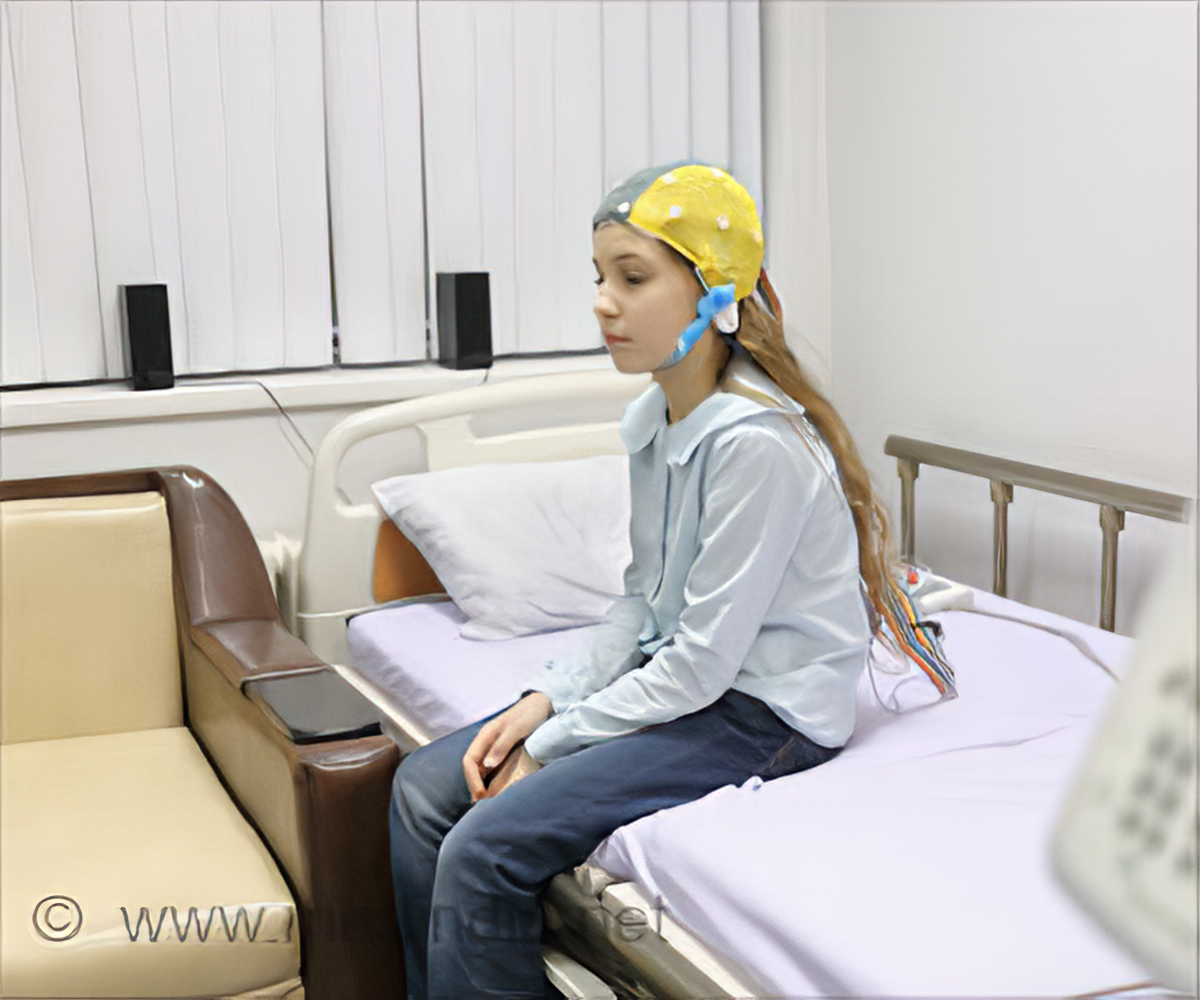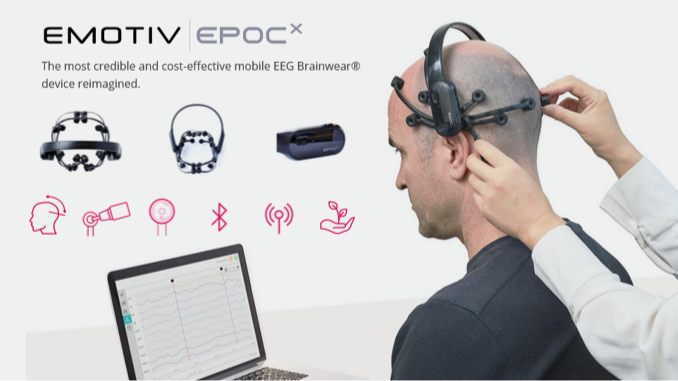


Medicare categorizes EEGs of all types as diagnostic lab tests and pays for 100 percent of their cost.Īn EEG is a test that detects abnormalities in your brain waves, or in the electrical activity of your brain. If you have Original Medicare Part B (medical insurance), or a Medicare Advantage (Part C) plan, you have coverage for EEGs. EEG testing is one part of making a diagnosis.Įmail correspondence with representatives of these companies revealed that although most medical equipment can be sold only under order of a physician, EEG devices are not similarly restricted due to their non-invasive nature. Read 10 Conditions Diagnosed With an EEG to learn more. This can offer a clue in diagnosing various neurological conditions. The purpose is to be able to see what is happening when you have a seizure or event and compare the picture to what the EEG records at the same time.Īverage out-of-pocket costs for electroencephalogram (EEG) tests, which can be used to diagnose conditions such as epilepsy, increased from $39 to $112.Īn abnormal EEG means that there is a problem in an area of brain activity. What is a video EEG test? A video EEG (electroencephalograph) records what you are doing or experiencing on video tape while an EEG test records your brainwaves. What is difference between EEG and video EEG? A brain MRI costs anywhere between $250-$12,000 depending on the scan type and the clinic location.ĮEG CostCityAverage PricePrice UptoMumbaiRs. It can also be used to confirm brain death.Īn MRI (Magnetic Resonance Imaging) scan of the brain is a painless, noninvasive test that uses a magnetic field to produce detailed images of your brain and brain stem. The test is used to help diagnose conditions such as seizures, epilepsy, head injuries, dizziness, headaches, brain tumors and sleeping problems. However, it does not always show past abnormalities related to seizure.Īn electroencephalogram (EEG) is a noninvasive test that records electrical patterns in your brain. The EEG may show abnormalities even if the seizure does not occur during the test. These EEGs use video to capture seizure activity. In many cases, the test results are sent to your doctor within 48 hours of the test. It is important to make a follow-up appointment with your doctor.

The EEG recording must be analysed by a neurologist, who then sends the results to your doctor. For quicker, affordable, and accessible insights about brain function, with a tight temporal resolution, EEG is the method of choice. If you are more concerned with structural and functional detail, then MRI or fMRI could well be your choice if you are able to make the considerable investment required. … And if you consider that they have around 30 electrodes each, the cost is driven up significantly. The EEG amplifier tends to be more complex than a regular amplifier because, as with all physiological data, it is very noisy. Those on high deductible health plans or without insurance can save when they buy their procedure upfront through MDsave.įor patients not covered by health insurance, an EEG typically costs $200-$700 or more for a standard EEG - or up to $3,000 or more if extended monitoring is required.Ī set of electrodes connected to an amplifier. On MDsave, the cost of an EEG (awake and asleep) ranges from $352.00 to $543. Spontaneous brain activity takes the form of rhythmic waves, also known as oscillations. The electrical activity in the brain – both spontaneous and in response to sensory input – can be measured using electrodes close to the scalp: this measurement is referred to as electroencephalography, or EEG. By putting lots of electrodes all over the scalp (in our lab we use 64 or 128 electrodes), we can get some idea of where the ERP components are strongest. One of the big disadvantages of EEG/ERP is that it’s hard to figure out where in the brain the electrical activity is coming from. What is a drawback of having an EEG scan? The electrodes don’t transmit any sensations. You’ll feel little or no discomfort during an EEG.



 0 kommentar(er)
0 kommentar(er)
